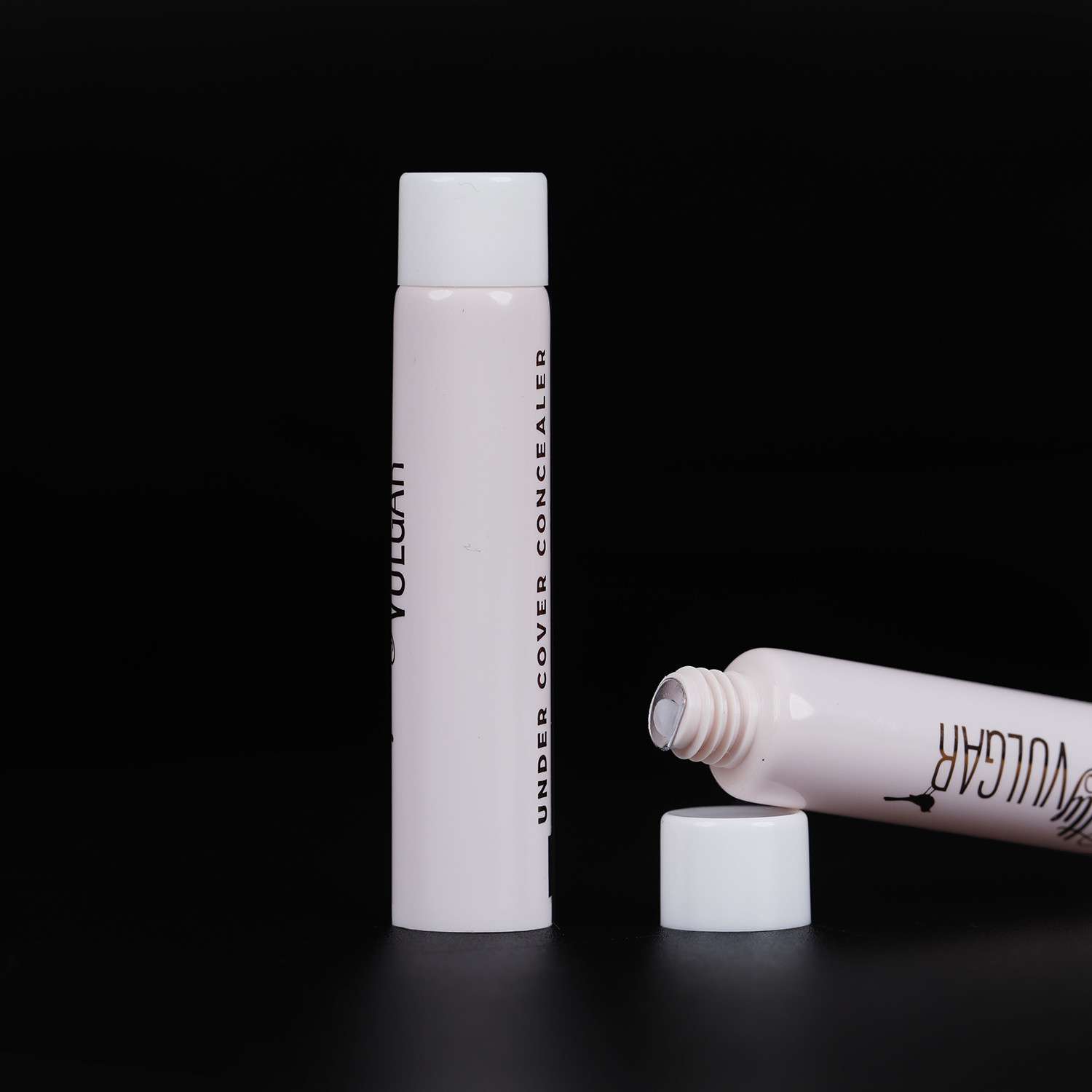

Mar 27,2023
The cosmetics industry has become so vast in recent years, new brands that have just started from scratch are already competing with the big names in the industry. How did this shift occur? The brands that have been here for decades didn't become popular overnight; it took them years to get to this place. Any brand can get the formulation of the cosmetic product right because now, after all these years, what is it that one can't find on the internet. You can start your own brand just by learning the formulation and everything related to the cosmetics through the internet. Therefore, the ingredients of all these cosmetic products are usually the same except for one or two secret ingredients, which every brand likes to keep as a secret. Hence it is very easy for any brand to compete with these big names on this basis; then, what is it that makes a brand stand out and become more popular than the other? Believe it or not, it is the packaging, but the packaging really makes a huge impact. After all, the first thing that comes into notice is the packaging, then trying and testing the product comes after that. Therefore, it is mainly the packaging of your product that catches the attention of a customer and gets them to try and buy your product.
Gone are the days when cosmetic packaging existed solely for securing the product; now, the role of cosmetic packaging is very diverse. The first modern-day thing is relatability; people are more interested in things that are relatable in any sense. Relatability should be the core element of your cosmetic packaging; if a customer can relate to your brand and connect with your products on different levels, then you have it all together. Therefore, you need to incorporate the element of relatability into your product. After that, you must integrate the personality of your brand into your packaging. Research about your market and centralize the people to who your brand appeals in your product packaging. All this would help you in drafting a design for your product packaging; for more ideas on these product packaging designing factors, you can search for different cosmetic brands and closely examine and analyse their packaging. Doing this would help you get some inspiration for designing your product packaging.
In designing the packaging that too of cosmetics, the first thing that comes in is the choice of the container; all the products that the brand has developed need to be packaged in a container, but with a handful of choices available in containers, the selection becomes overwhelming. The types of containers for cosmetic packaging include bottles, compacts, boxes, droppers, packets, jars, pumps, palettes, tins, tubes, and sprays. Some of the cosmetic products need to be packaged in a specific container like the eyeshadow always has to be in a palette as it can't be packaged in a bottle or pump, obviously. However, you can always experiment; just make sure that the type of container you choose for a product is practical and makes it easy to use the product rather than making it difficult. Therefore, you can use a palette for the lipsticks instead of tubes; it's not that the tube isn't good; in fact, almost any buyer of plastic packaging tube can get you the best design in tubes, but for variation, you can break the norm.
The color of your packaging needs to stand out; your product placed among hundreds of other similar cosmetic products of other brands in an aisle would instantly catch a customer's attention with its color. Your product needs to pop up, and it is only going to be its packaging color that would shout out to people, "I am the best among all." The color palette is vast; you can try out color schemes like black and white, pink and purple, pastels, and other cool tones.
Font and typography on your packaging must convey such emotions that people easily connect with your product. There are thousands of fonts available for you to choose from; you can collaborate with font or typography artists for this as they have a better understanding of each font style and what emotions do they convey.
The final element that would complete your packaging design is a pattern. Your cosmetic packaging needs to have some pattern on it, even minimalist or very extra, but there has to be a pattern. There are no rules in selecting a pattern for your packaging because there is no right or wrong everything is good; you just need to figure out what will look good with your color palette, font, and container type. Whatever represents your brand the best is your pattern; then, once it will all come together into one piece, you will be amazed!
Read more:
Six Benefits Of Using Cosmetic Tube Packaging